Version History
Contents
1Introduction
1.1Scope of the document
1.2Related documents
1.3Terms and Abbreviations
1.4Definitions and Conventions
1.5AT Interface Synopsis
1.5.1Interface Settings
1.5.2AT Commands Syntax
1.5.3Supported character sets
2AT Commands According to V.25TER
2.1Overview of AT Commands According to V.25TER
2.2Detailed Description of AT Commands for V.25TER
2.2.1ATD Mobile originated call to dial a number
2.2.2ATA Call answer
2.2.3ATH Disconnect existing call
2.2.4ATS0 Automatic answer incoming call
2.2.5+++ Switch from data mode to command mode
2.2.6ATO Switch from command mode to data mode
2.2.7ATI Display product identification information
2.2.8ATE Enable command echo
2.2.9AT&V Display current configuration
2.2.10ATV Set result code format mode
2.2.11AT&F Set all current parameters to manufacturer d
2.2.12ATQ Set Result Code Presentation Mode
2.2.13ATX Set CONNECT Result Code Format
2.2.14AT&W Save the user setting to ME
2.2.15ATZ Restore the user setting from ME
2.2.16AT+CGMI Request manufacturer identification
2.2.17AT+CGMM Request model identification
2.2.18AT+CGMR Request revision identification
2.2.19AT+CGSN Request product serial number identificat
2.2.20AT+CSCS Select TE character set
2.2.21AT+GCAP Request overall capabilities
3AT Commands for Status Control
3.1Overview of AT Commands for Status Control
3.2Detailed Description of AT Commands for Status Con
3.2.1AT+CFUN Set phone functionality
3.2.2AT+CSQ Query signal quality
3.2.3AT+AUTOCSQ Set CSQ report
3.2.4AT+CSQDELTA Set RSSI delta change threshold
3.2.5AT+CPOF Power down the module
3.2.6AT+CRESET Reset the module
3.2.7AT+CACM Accumulated call meter
3.2.8AT+CAMM Accumulated call meter maximum
3.2.9AT+CPUC Price per unit and currency table
3.2.10AT+CCLK Real time clock management
3.2.11AT+CMEE Report mobile equipment error
3.2.12AT+CPAS Phone activity status
3.2.13AT+SIMEI Set the IMEI for the module
4AT Commands for Network
4.1Overview of AT Commands for Network
4.2Detailed Description of AT Commands for Network
4.2.1AT+CREG Network registration
4.2.2AT+COPS Operator selection
4.2.3AT+CUSD Unstructured supplementary service data
4.2.4AT+CSSN Supplementary service notifications
4.2.5AT+CPOL Preferred operator list
4.2.6AT+COPN Read operator names
4.2.7AT+CNMP Preferred mode selection
4.2.8AT+CNBP Preferred band selection
4.2.9AT+CPSI Inquiring UE system information
4.2.10AT+CPSITD Inquiring UE LTE system information
4.2.11AT+CNSMOD Show network system mode
4.2.12AT+CTZU Automatic time and time zone update
4.2.13AT+CTZR Time and time zone reporting
5AT Commands for Packet Domain
5.1Overview of AT Commands for Packet Domain
5.2Detailed Description of AT Commands for Packet Dom
5.2.1AT+CGREG Network registration status
5.2.2AT+CEREG EPS network registration status
5.2.3AT+CGATT Packet domain attach or detach
5.2.4AT+CGACT PDP context activate or deactivate
5.2.5AT+CGDCONT Define PDP context
5.2.6AT+CGDSCONT Define Secondary PDP Context
5.2.7AT+CGTFT Traffic Flow Template
5.2.8AT+CGQREQ Quality of service profile (requested)
5.2.9AT+CGEQREQ 3G quality of service profile (request
5.2.10AT+CGQMIN Quality of service profile (minimum acc
5.2.11AT+CGEQMIN 3G quality of service profile (minimum
5.2.12AT+CGDATA Enter data state
5.2.13AT+CGPADDR Show PDP address
5.2.14AT+CGCLASS GPRS mobile station class
5.2.15AT+CGEREP GPRS event reporting
5.2.16AT+CGAUTH Set type of authentication for PDP-IP c
5.2.17AT+CPING Ping destination address
6AT Commands for SIM Card
6.1Overview of AT Commands for SIM Card
6.2Detailed Description of AT Commands for SIM Card
6.2.1AT+CICCID Read ICCID from SIM card
6.2.2AT+CPIN Enter PIN
6.2.3AT+CLCK Facility lock
6.2.4AT+CPWD Change password
6.2.5AT+CIMI Request international mobile subscriber i
6.2.6AT+CSIM Generic SIM access
6.2.7AT+CRSM Restricted SIM access
6.2.8AT+SPIC Times remain to input SIM PIN/PUK
6.2.9AT+CSPN Get service provider name from SIM
6.2.10AT+UIMHOTSWAPON Set UIM Hotswap Function On
6.2.11AT+UIMHOTSWAPLEVEL Set UIM Card Detection Level
6.2.12AT+SWITCHSIM Switch master SIM
6.2.13AT+DUALSIM Set dual-sim mode
6.2.14AT+BINDSIM Bind ATP to SIM1 or SIM2
6.2.15AT+DUALSIMURC Dual card reporting control
7AT Commands for Call Control
7.1Overview of AT Commands for Call Control
7.2Detailed Description of AT Commands for Call Contr
7.2.1AT+CVHU Voice hang up control
7.2.2AT+CHUP Hang up call
7.2.3AT+CBST Select bearer service type
7.2.4AT+CRLP Radio link protocol
7.2.5AT+CRC Cellular result codes
7.2.6AT+CLCC List current calls
7.2.7AT+CEER Extended error report
7.2.8AT+CCWA Call waiting
7.2.9AT+CCFC Call forwarding number and conditions
7.2.10AT+CLIP Calling line identification presentation
7.2.11AT+CLIR Calling line identification restriction
7.2.12AT+COLP Connected line identification presentatio
7.2.13AT+CHLD Call related supplementary services
7.2.14AT+VTS DTMF and tone generation
7.2.15AT+VTD Tone duration
7.2.16AT+CSTA Select type of address
7.2.17AT+CMOD Call mode
7.2.18AT+VMUTE Speaker mute control
7.2.19AT+CMUT Microphone mute control
7.2.20AT+CSDVC Switch voice channel device
7.2.21AT+CMICGAIN Adjust mic gain
7.2.22AT+COUTGAIN Adjust out gain
8AT Commands for Phonebook
8.1Overview of AT Commands for Phonebook
8.2Detailed Description of AT Commands for Phonebook
8.2.1AT+CPBS Select phonebook memory storage
8.2.2AT+CPBR Read phonebook entries
8.2.3AT+CPBF Find phonebook entries
8.2.4AT+CPBW Write phonebook entry
8.2.5AT+CNUM Subscriber number
9AT Commands for SMS
9.1Overview of AT Commands for SMS
9.2Detailed Description of AT Commands for SMS
9.2.1AT+CSMS Select message service
9.2.2AT+CPMS Preferred message storage
9.2.3AT+CMGF Select SMS message format
9.2.4AT+CSCA SMS service centre address
9.2.5AT+CSCB Select cell broadcast message indication
9.2.6AT+CSMP Set text mode parameters
9.2.7AT+CSDH Show text mode parameters
9.2.8AT+CNMA New message acknowledgement to ME/TA
9.2.9AT+CNMI New message indications to TE
9.2.10AT+CGSMS Select service for MO SMS messages
9.2.11AT+CMGL List SMS messages from preferred store
9.2.12AT+CMGR Read message
9.2.13AT+CMGS Send message
9.2.14AT+CMSS Send message from storage
9.2.15AT+CMGW Write message to memory
9.2.16AT+CMGD Delete message
9.2.17AT+CMGMT Change message status
9.2.18AT+CMVP Set message valid period
9.2.19AT+CMGRD Read and delete message
9.2.20AT+CMGSEX Send message
9.2.21AT+CMSSEX Send multi messages from storage
9.2.22AT+CCONCINDEX Report Concatenated SMS Index
10AT Commands for Serial Interface
10.1Overview of AT Commands for Serial Interface
10.2Detailed Description of AT Commands for Serial Int
10.2.1AT&D Set DTR function mode
10.2.2AT&C Set DCD function mode
10.2.3AT+IPR Set local baud rate temporarily
10.2.4AT+IPREX Set local baud rate permanently
10.2.5AT+ICF Set control character framing
10.2.6AT+IFC Set local data flow control
10.2.7AT+CSCLK Control UART Sleep
10.2.8AT+CMUX Enable the multiplexer over the UART
10.2.9AT+CATR Configure URC destination interface
10.2.10AT+CFGRI Configure RI pin
10.2.11AT+CURCD Configure the delay time and number of U
11AT Commands for Hardware
11.1Overview of AT Commands for Hardware
11.2Detailed Description of AT Commands for Hardware
11.2.1AT+CVALARM Low and high voltage Alarm
11.2.2AT+CVAUXS Set state of the pin named VDD_AUX
11.2.3AT+CVAUXV Set voltage value of the pin named VDD_
11.2.4AT+CADC Read ADC value
11.2.5AT+CADC2 Read ADC2 value
11.2.6AT+CMTE Control the module critical temperature U
11.2.7AT+CPMVT Low and high voltage Power Off
11.2.8AT+CRIIC Read values from register of IIC device
11.2.9AT+CWIIC Write values to register of IIC device n
11.2.10AT+CBC Read the voltage value of the power supply
11.2.11AT+CPMUTEMP Read the temperature of the module
11.2.12AT+CGDRT Set the direction of specified GPIO
11.2.13AT+CGSETV Set the value of specified GPIO
11.2.14AT+CGGETV Get the value of specified GPIO
11.3Unsolicited Result Codes
12AT Commands for File System
12.1Overview of AT Commands for File System
12.2Detailed Description of AT Commands for File Syste
12.2.1AT+FSCD Select directory as current directory
12.2.2AT+FSMKDIR Make new directory in current director
12.2.3AT+FSRMDIR Delete directory in current directory
12.2.4AT+FSLS List directories/files in current directo
12.2.5AT+FSDEL Delete file in current directory
12.2.6AT+FSRENAME Rename file in current directory
12.2.7AT+FSATTRI Request file attributes
12.2.8AT+FSMEM Check the size of available memory
12.2.9AT+FSCOPY Copy an appointed file
12.2.10AT+FSPRESET Moves the location of a file
12.2.11AT+FSOPEN Open a file
12.2.12AT+FSREAD Read a file
12.2.13AT+FSWRITE Write a file
12.2.14AT+FSSEEK Set a file Pointer to the Specified Pos
12.2.15AT+FSPOSITION Get the Offset of a File Pointer
12.2.16AT+FSCLOSE Close a file
13AT Commands for File Transmission
13.1Overview of AT Commands for File Transmission
13.2Detailed Description of AT Commands for File Trans
13.2.1AT+CFTRANRX Transfer a file to EFS
13.2.2AT+CFTRANTX Transfer a file from EFS to host
13.2.3AT+CFTRXBUF Sets the size of the buffer to transf
14AT Commands for Internet Service
14.1Overview of AT Commands for Internet Service
14.2Detailed Description of AT Commands for Internet S
14.2.1AT+CHTPSERV Set HTP server information
14.2.2AT+CHTPUPDATE Updating date time using HTP protoc
14.2.3AT+CNTP Update system time
14.3Command Result Codes
14.3.1Description of of HTP
14.3.2Description of of NTP
15AT Commands for TCP/IP
15.1Overview of AT Commands for TCP/IP
15.2Detailed Description of AT Commands for TCP/IP
15.2.1AT+NETOPEN Start Socket Service
15.2.2AT+NETCLOSE Stop Socket Service
15.2.3AT+CIPOPEN Establish Connection in Multi-Socket M
15.2.4AT+CIPSEND Send data through TCP or UDP Connectio
15.2.5AT+CIPRXGET Set the Mode to Retrieve Data
15.2.6AT+CIPCLOSE Close TCP or UDP Socket
15.2.7AT+IPADDR Inquire Socket PDP address
15.2.8AT+CIPHEAD Add an IP Header When Receiving Data
15.2.9AT+CIPSRIP Show Remote IP Address and Port
15.2.10AT+CIPMODE Set TCP/IP Application Mode
15.2.11AT+CIPSENDMODE Set Sending Mode
15.2.12AT+CIPTIMEOUT Set TCP/IP Timeout Value
15.2.13AT+CIPCCFG Configure Parameters of Socket
15.2.14AT+SERVERSTART Startup TCP Sever
15.2.15AT+SERVERSTOP Stop TCP Sever
15.2.16AT+CIPACK Query TCP Connection Data Transmitting
15.2.17AT+CDNSGIP Query the IP Address of Given Domain N
15.2.18AT+CSOCKSETPN Set active PDP context's profile
15.2.19AT+CTCPKA Configure TCP heartbeat
15.2.20AT+CDNSCFG Configure Domain Name Server
15.2.21AT+CSOC Set some features of the data service
15.2.22AT+CIPCFG Configure Parameters of Tcp
15.2.23AT+CIPSENDSTRSend HEX String Data
15.3Command Result Codes
15.3.1Description of
15.3.2Description of
15.4Unsolicited Result Codes
16AT Commands for HTTP(S)
16.1Overview of AT Commands for HTTP(S)
16.2Detailed Description of AT Commands for HTTP(S)
16.2.1AT+HTTPINIT Start HTTP Service
16.2.2AT+HTTPTERM Stop HTTP Service
16.2.3AT+HTTPPARA Set HTTP Parameters value
16.2.4AT+HTTPACTION HTTP Method Action
16.2.5AT+HTTPHEAD Read the HTTP Header Information of S
16.2.6AT+HTTPREAD Read the response information of HTTP
16.2.7AT+HTTPDATA Input HTTP Data
16.2.8AT+HTTPPOSTFILE Send HTTP Request to HTTP(S)serve
16.2.9AT+HTTPREADFILE Receive HTTP Response Content to
16.3Command Result Codes
16.3.1Description of
16.3.2Description of
16.4Unsolicited Result Codes
17AT Commands for FTP(S)
17.1Overview of AT Commands for FTP(S)
17.2Detailed Description of AT Commands for FTP(S)
17.2.1AT+CFTPSSTART Start FTP(S)service
17.2.2AT+CFTPSSTOP Stop FTP(S)Service
17.2.3AT+CFTPSLOGIN Login to a FTP(S)server
17.2.4AT+CFTPSLOGOUT Logout a FTP(S)server
17.2.5AT+CFTPSLIST List the items in the directory on F
17.2.6AT+CFTPSMKD Create a new directory on FTP(S)serve
17.2.7AT+CFTPSRMD Delete a directory on FTP(S)server
17.2.8AT+CFTPSCWD Change the current directory on FTP(S
17.2.9AT+CFTPSPWD Get the current directory on FTP(S)se
17.2.10AT+CFTPSDELE Delete a file on FTP(S)server
17.2.11AT+CFTPSGETFILE Download a file from FTP(S)server
17.2.12AT+CFTPSPUTFILE Upload a file from module to FTP(
17.2.13AT+CFTPSGET Get a file from FTP(S)server to seria
17.2.14AT+CFTPSPUT Put a file to FTP(S)server through se
17.2.15AT+CFTPSSINGLEIP Set FTP(S)data socket address ty
17.2.16AT+CFTPSSIZE Get the file size on FTP(S)server
17.2.17AT+CFTPSTYPE Set the transfer type on FTP(S)serve
17.2.18AT+CFTPSSLCFG Set the SSL context id for FTPS ses
17.2.19AT+CFTPSMODE Set Active or Passive FTP Mode
17.3Command Result Codes
17.3.1Description of
17.4Unsolicited Result codes
18AT Commands for MQTT(S)
18.1Overview of AT Commands for MQTT(S)
18.2Detailed Description of AT Commands for MQTT(S)
18.2.1AT+CMQTTSTART Start MQTT service
18.2.2AT+CMQTTSTOP Stop MQTT service
18.2.3AT+CMQTTACCQ Acquire a client
18.2.4AT+CMQTTREL Release a client
18.2.5AT+CMQTTSSLCFG Set the SSL context (only for SSL/
18.2.6AT+CMQTTWILLTOPIC Input the topic of will message
18.2.1AT+CMQTTWILLMSG Input the will message
18.2.2AT+CMQTTCONNECT Connect to MQTT server
18.2.3AT+CMQTTDISC Disconnect from server
18.2.4AT+CMQTTTOPIC Input the topic of publish message
18.2.5AT+CMQTTPAYLOAD Input the publish message
18.2.6AT+CMQTTPUB Publish a message to server
18.2.7AT+CMQTTSUBTOPIC Input the topic of subscribe mes
18.2.8AT+CMQTTSUB Subscribe a message to server
18.2.9AT+CMQTTUNSUBTOPIC Input the topic of unsubscribe
18.2.10AT+CMQTTUNSUB Unsubscribe a message to server
18.2.11AT+CMQTTCFG Configure the MQTT Context
18.3Command Result Codes
18.3.1Description of
18.4Unsolicited Result Codes
19AT Commands for SSL
19.1Overview of AT Commands for SSL
19.2Detailed Description of AT Commands for SSL
19.2.1AT+CSSLCFG Configure the SSL Context
19.2.2AT+CCERTDOWN Download certificate into the module
19.2.3AT+CCERTLIST List certificates
19.2.4AT+CCERTDELE Delete certificates
19.2.5AT+CCHSET Configure the report mode of sending an
19.2.6AT+CCHMODE Configure the mode of sending and rece
19.2.7AT+CCHSTART Start SSL service
19.2.8AT+CCHSTOP Stop SSL service
19.2.9AT+CCHADDR Get the IPv4 address
19.2.10AT+CCHSSLCFG Set the SSL context
19.2.11AT+CCHCFG Configure the Client Context
19.2.12AT+CCHOPEN Connect to server
19.2.13AT+CCHCLOSE Disconnect from server
19.2.14AT+CCHSEND Send data to server
19.2.15AT+CCHRECV Read the cached data that received fro
19.2.16AT+CCERTMOVE Move the cert from file system to ce
19.3Command Result Codes
19.3.1Description of
19.4Unsolicited Result Codes
20AT Commands for TTS
20.1Overview of AT Commands for TTS
20.2Detailed Description of AT Commands for TTS
20.2.1AT+CTTS TTS operation
20.2.2AT+CTTSPARAM Set TTS Parameters for YOUNGTONE TTS
20.2.3AT+CTTSPARAM Set TTS Parameters for IFLY TTS
20.2.4AT+CDTAM Set Local or Remote Audio Play
21AT Commands for Audio
21.1Overview of AT Commands for Audio
21.2Detailed Description of AT Commands for Audio
21.2.1AT+CCMXPLAY Play audio file
21.2.2AT+CCMXSTOP Stop playing audio file
21.2.3AT+CREC Record audio File
21.2.4AT+CRTSWITCH Close Ring Tone
21.2.5AT+CRINGSET Set Ring File
21.2.6AT+CCODECSWITCH Switch codec type
21.2.7AT+CLDTMF Local DTMF Tone Generation
21.2.8AT+SIMTONE Generate Specifically Tone
21.2.9AT+STTONE Play SIM Toolkit Tone
22AT Commands for FOTA
22.1Overview of AT Command for FOTA
22.2Detailed Description of AT Command for FOTA
22.2.1AT+CFOTA Start FOTA service
22.2.2AT+LFOTA Start Local Fota Service
22.3Unsolicited Result Codes
23AT Commands for SCFOTA
23.1Overview of AT Commands for SCFOTA
23.2Detailed Description of AT Commands for SCFOTA
23.2.1AT+CAPFOTA Start / Close FOTA service
23.2.2AT+CSCFOTA Configure parameters and download upgr
23.3Command Result Codes
23.3.1Command Result Report Codes
23.3.2Description of
24AT Commands for GNSS
24.1Overview of AT Commands for GNSS
24.2Detailed Description of AT Commands for GNSS
24.2.1AT+CGNSSPWR GNSS power control and AP-Flash contr
24.2.2AT+CGNSSTST Send data received from UART3 to NMEA
24.2.3AT+CGPSCOLD Cold start GPS
24.2.4AT+CGPSWARM Warm start GPS
24.2.5AT+CGPSHOT Hot start GPS
24.2.6AT+CGNSSIPR Configure the baud rate of UART3 and
24.2.7AT+CGNSSMODE Configure GNSS support mode
24.2.8AT+CGNSSNMEA Configure NMEA sentence type
24.2.9AT+CGPSNMEARATE Set NMEA output rate
24.2.10AT+CGPSFTM Start GPS test mode
24.2.11AT+CGPSINFO Get GPS fixed position information
24.2.12AT+CGNSSINFO Get GNSS fixed position information
24.2.13AT+CGNSSCMD Send command to GNSS
24.2.14AT+CGNSSPORTSWITCH Select the output port for NME
24.2.15AT+CAGPS Get AGPS data from the AGNSS server for
24.2.16AT+CGNSSPROD Get the production of GNSS
25AT Commands for WIFI
25.1Overview of AT Commands for WIFI
25.2Detailed Description of AT Commands for WIFI
25.2.1AT+CWSTASCAN Scan WIFI network
25.2.2AT+CWSTASCANEXScan WIFI network extension command
25.2.3AT+CWSTASCANSYNAsynchronous control command of sc
25.2.4AT+CWMAP Open/Close WIFI
25.2.5AT+CWSSID SSID setting
25.2.6AT+CWAUTH Authentication setting
25.2.7AT+CWMOCH 80211 mode and channel setting
25.2.8AT+CWISO Client isolation setting
25.2.9AT+CWMACADDR Get MAC address
25.2.10AT+CWCLICNT Get client number connected to the WIF
26AT Commands for Bluetooth
26.1Overview of AT Commands for Bluetooth
26.2Detailed Description of AT Commands for BLE
26.2.1AT+BLEPOWER Power on/off Ble Device
26.2.2AT+BLESTATUS Inquiry Current BLE Connect Status
26.2.3AT+BLEHOST Inquiry and Set Host Device Name
26.2.4AT+BLEADDR Inquiry and Set Device Address
26.2.5AT+BLESREG Register GATT Server
26.2.6AT+BLESDREG Deregister GATT Server
26.2.7AT+BLESSAD Add a Service
26.2.8AT+BLESSRM Remove a Service
26.2.9AT+BLESSCAD Add a Characteristic to an Existed Se
26.2.10AT+BLESSCRM Remove a Characteristic
26.2.11AT+BLESSDAD Add a Descriptor to an Existed Charac
26.2.12AT+BLESSDRM Remove a Descriptor
26.2.13AT+BLESSSTART Start a Server
26.2.14AT+BLESSSTOP Stop a Server
26.2.15AT+BLESSETADVDATA Set Adverting Package
26.2.16AT+BLESCLRADVDATA Clear Adverting package
26.2.17AT+BLESSETADVPARAM Set Adverting Paramters
26.2.18AT+BLESLSTART Start Advertising
26.2.19AT+BLESLSTOP Stop Advertising
26.2.20AT+BLEADV Set Adverting Parameters
26.2.21AT+BLEDISCONN Disconnect BLE Connection
26.2.22AT+BLESIND Send an Indication to a Client
26.2.23AT+BLESNTY Send an notice to a Client
26.2.24AT+BLESRSP Send a Response to a Client’S Read or
26.2.25+BLESRREQ Read request received from remote devic
26.2.26+BLESWREQ Write request received from remote devi
26.2.27+BLESCON Notify When a Connection’s Status Change
26.2.28+BLEMTU Exchange mtu request received from remote
26.2.29AT+BLECREG Register GATT Client
26.2.30AT+BLECDREG Deregister GATT Client
26.2.31AT+BLESCAN Scan Surrounding BLE Device
26.2.32+BLESCANRST Notify When Find a BLE Device
26.2.33AT+BLECGDT Get Device Type
26.2.34AT+BLECCON Connect GATT Client to Remote LE/Dual-
26.2.35AT+BLECDISC Disconnect GATT Client to Remote LE/D
26.2.36AT+BLECSS Search Peer’s Service
26.2.37AT+BLECGC Search Peer’s Characteristic
26.2.38AT+BLECGD Search Peer’s Characteristic Descriptor
26.2.39AT+BLECRC Read Peer’s Characteristic
26.2.40AT+BLECWC Write Peer’s Characteristic
26.2.41AT+BLECRD Read Peer’s Characteristic Descriptor
26.2.42AT+BLECWD Write Peer’s Characteristic Descriptor
26.2.43+BLECNTY Notify When Get a Notication from Peer’s
26.2.44+BLECIND Notify When Get a Indication from Peer’s
26.3Detailed Description of AT Commands for BT
26.3.1AT+BTPOWER Open/Close BT Device
26.3.2AT+BTHOST Get/Set BT Device Name
26.3.3AT+BTADDR Get/Set BT Device Address
26.3.4AT+BTSCAN Scan BT device
26.3.5AT+BTIOCAP Get/Set BT Device IO Capalibity
26.3.6AT+BTPAIR Pair With Other BT Device
26.3.7AT+BTUNPAIR Unpair With The Paired BT Device
26.3.8AT+BTPAIRED Get Paired BT Device
26.3.9AT+BTSPPSRV Active/Deactive Local SPP Service
26.3.10 AT+BTSPPPROF Get Remote BT Device SPP Service St
26.3.11 AT+BTSPPCONN Establish/Release SPP Connection
26.3.12 AT+BTSPPSEND SPP Send Data
26.3.13 +BTSPPRECV SPP Receive Data
26.4Description of
27AT Commands for CTBURST
27.1Overview of AT Commands for CTBURST
27.2Detailed Description of AT Commands for CTBURST(CA
27.2.1AT+CTBURST The RF TX Burst Test
27.3Detailed Description of AT Commands for CTBURST(CA
27.3.1AT+CTBURST The TX/RX Burst Test
28Summary of ERROR Codes
28.1Verbose Codes and Numeric Codes
28.2Response String of AT+CEER
28.3Summary of CME ERROR Codes
28.4Summary of CMS ERROR Codes
29AT Commands for WEBSOCKET
29.1Overview of AT Commands for websocket
29.2Detailed Description of AT Commands for websocket(
29.2.1AT+WSSTART Start websocket service
29.2.2AT+WSSTOP Stop websocket service
29.2.3AT+WSCONNECT Connect to websocket server
29.2.4AT+WSDISC Disconnect from server
29.2.5AT+WSSEND Publish a message to server
29.3Command Result Codes
29.3.1Description of
29.4Unsolicited Result Codes
30AT Commands for LWM2M
30.1Overview of AT Commands for LWM2M
30.2Detailed Description of AT Commands for LWM2M
30.2.1AT+LWSTART Start LWM2M service
30.2.2AT+LWSTOP Stop LWM2M Service
30.2.3AT+LWCNF Config the LWM2M
30.2.4AT+LWOPEN Register to a LWM2M server
30.2.5AT+LWCLOSE Deregister to a LWM2M server
30.2.6AT+LWADDOBJ Add a LWM2M object
30.2.7AT+LWDELOBJ Delete a LWM2M object
30.2.8AT+LWREADRSP Send read response to LWM2M server
30.2.9AT+LWWRITERSP Send response to a LWM2M server
30.2.10AT+LWEXECUTERSP Send response to LWM2M server
30.2.11+LWREAD LWM2M client response of LWM2M server ope
30.2.12+LWWRITE LWM2M client response of LWM2M server op
30.2.13+LWEXECUTE LWM2M client response of LWM2M server
30.3Command Result Codes
31AT Commands for COAP
31.1Overview of AT Commands for COAP
31.2Detailed Description of AT Commands for COAP
31.2.1AT+COAPSTART Active PDP
31.2.2AT+COAPSTOP Deactive PDP
31.2.3AT+COAPOPEN Open a COAP server
31.2.4AT+COAPCLOSE Close a COAP server
31.2.5AT+COAPHEAD Config the head of COAP
31.2.6AT+COAPOPTION Config the option of COAP
31.2.7AT+COAPSEND Send COAP message to the server
31.2.8AT+COAPSENDTX Send COAP message to the server by
31.2.9+COAPRECV Receive response message from server
32AT Commands for SMTPS
32.1Overview of AT Commands for SMTPS
32.2Detailed Description of AT Commands for SMTPS
32.2.1AT+CSMTPSCFG Config the SMTP context
32.2.2AT+CSMTPSSRV Set SMTP server address and port num
32.2.3AT+CSMTPSAUTH SMTP server authentication
32.2.4AT+CSMTPSFROM Sender address and name
32.2.5AT+CSMTPSRCPT Recipient address and name (TO/CC/B
32.2.6AT+CSMTPSSUB E-mail subject
32.2.7AT+CSMTPSBODY E-mail body
32.2.8AT+CSMTPSBCH E-mail body character set
32.2.9AT+CSMTPSFILE Select attachment
32.2.10AT+CSMTPSSEND Initiate session and send e-mail
32.2.11 AT+CSMTPSSTOP Force to stop sending e-mail
32.2.12AT+CSMTPSCLEAN Clean mail content and setting
32.3Summary of result codes for SMTPS
33AT Commands for Telecom self-registration
33.1Overview of AT Commands for Telecom self-registrat
33.2Detailed Description of AT Commands for Telecom se
33.2.1AT+HWVER Hardware version number query
33.2.2AT+AUTOREGCFG Data domain self-registration statu
34AT Commands for PSM
34.1Overview of AT Commands for PSM
34.2Detailed Description of AT Commands for psm
34.2.1AT*COMCFG Set cat1_1bis
34.2.2AT+CPSMS Power saving mode setting
34.2.3AT+MEDCR Set/Get MEDATA COMM RESERVER
35AT Commands for USB
35.1Overview of AT Commands for USB
35.2Detailed Description of AT Commands for usb
35.2.1AT+DIALMODE Config USBNET network
35.2.2AT$MYCONFIG Set RNDIS/ECM Mode
35.2.3AT+USBNETIP Change RNDIS/ECM Private IP to Public
35.2.4AT+USBNETMAC Set USBNET MAC Address
36AT Commands for JammingDetect
36.1Overview of AT Commands for JammingDetect
36.2Detailed Description of AT Commands for Jamming De
36.2.1AT+SJDR Enable Jamming Detect
36.2.2AT+SJDCFG Config Jamming Detect
















 V2版本原理图(Capacitive-Fingerprint-Reader-Schematic_V2).pdf
V2版本原理图(Capacitive-Fingerprint-Reader-Schematic_V2).pdf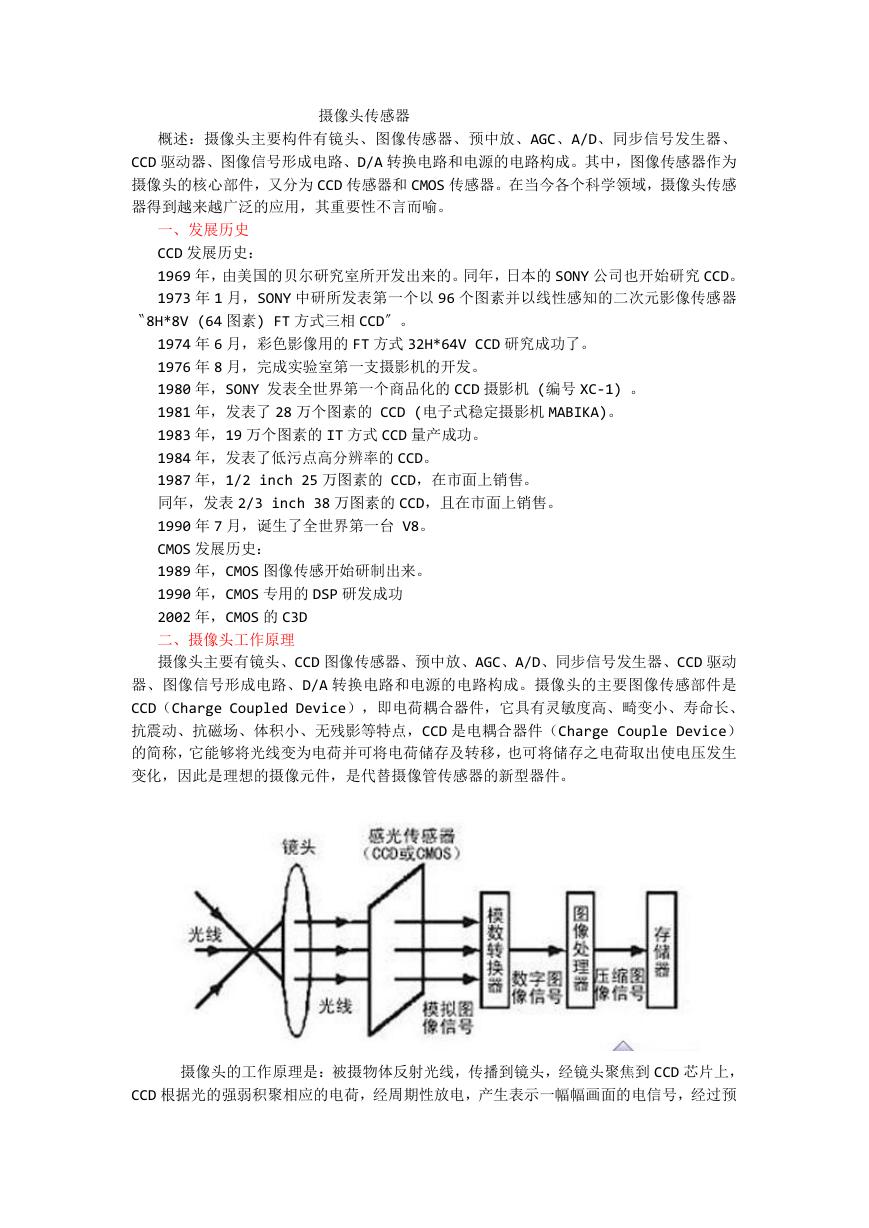 摄像头工作原理.doc
摄像头工作原理.doc VL53L0X简要说明(En.FLVL53L00216).pdf
VL53L0X简要说明(En.FLVL53L00216).pdf 原理图(DVK720-Schematic).pdf
原理图(DVK720-Schematic).pdf 原理图(Pico-Clock-Green-Schdoc).pdf
原理图(Pico-Clock-Green-Schdoc).pdf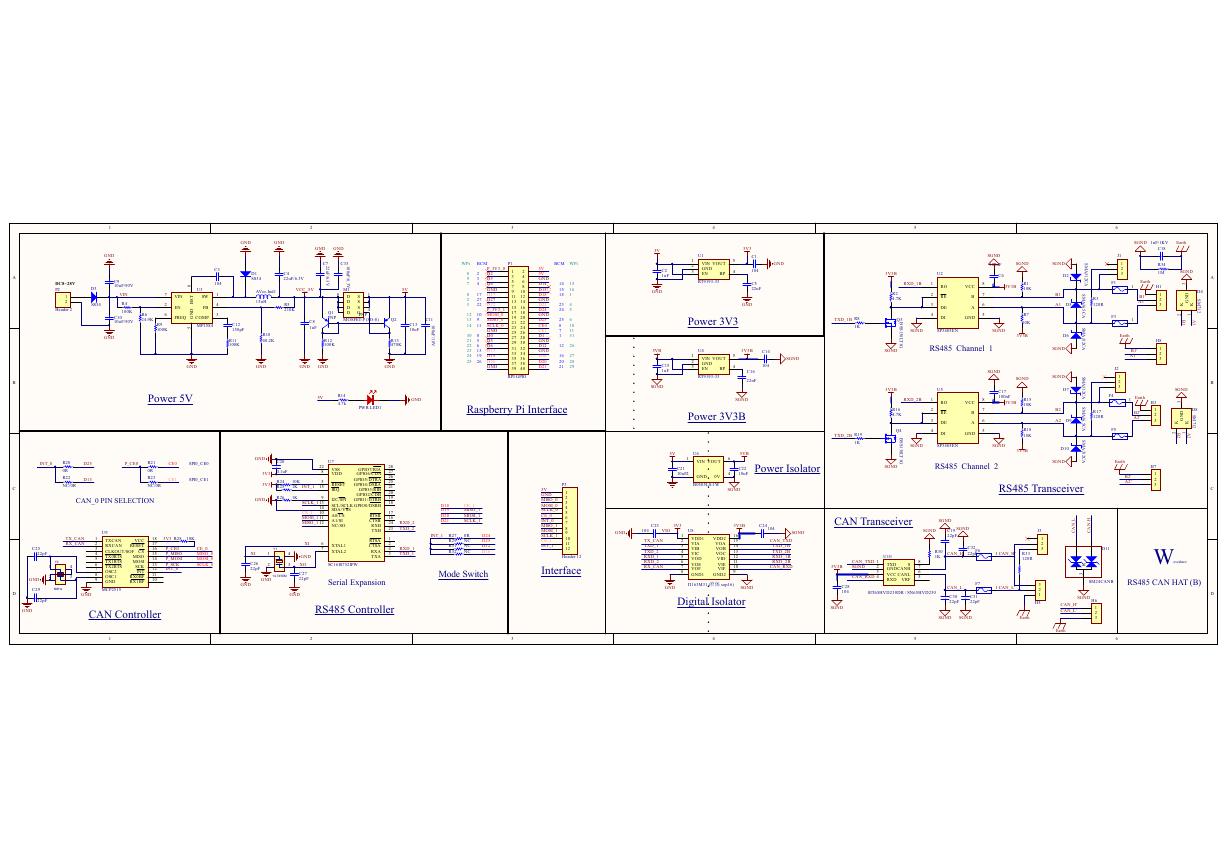 原理图(RS485-CAN-HAT-B-schematic).pdf
原理图(RS485-CAN-HAT-B-schematic).pdf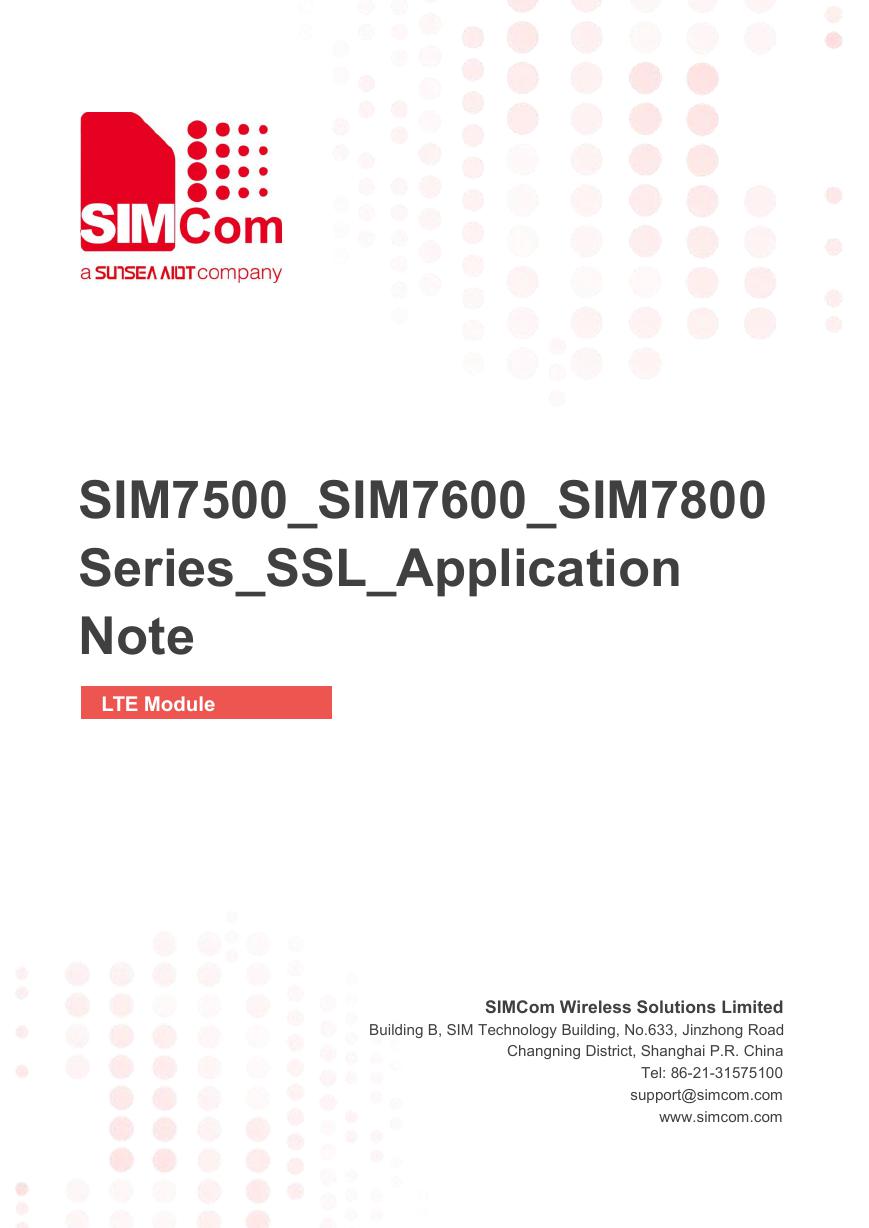 File:SIM7500_SIM7600_SIM7800 Series_SSL_Application Note_V2.00.pdf
File:SIM7500_SIM7600_SIM7800 Series_SSL_Application Note_V2.00.pdf ADS1263(Ads1262).pdf
ADS1263(Ads1262).pdf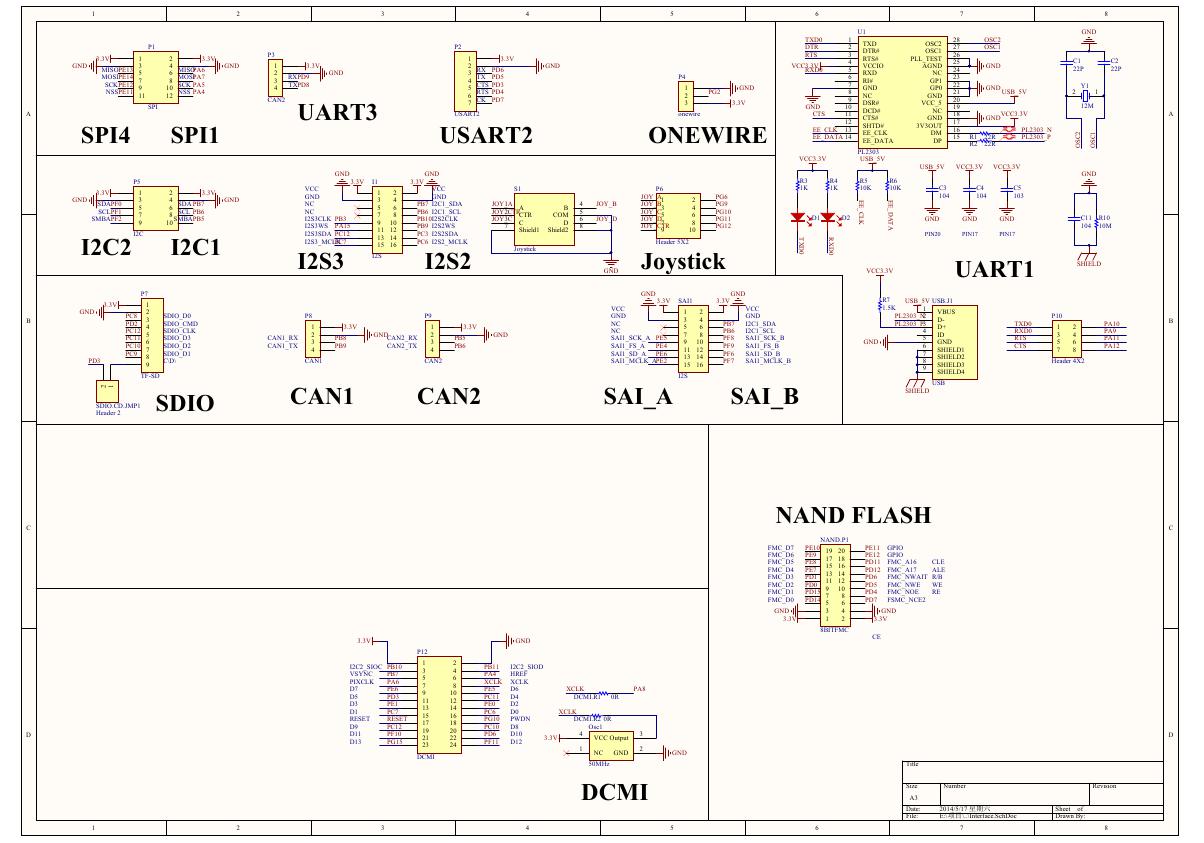 原理图(Open429Z-D-Schematic).pdf
原理图(Open429Z-D-Schematic).pdf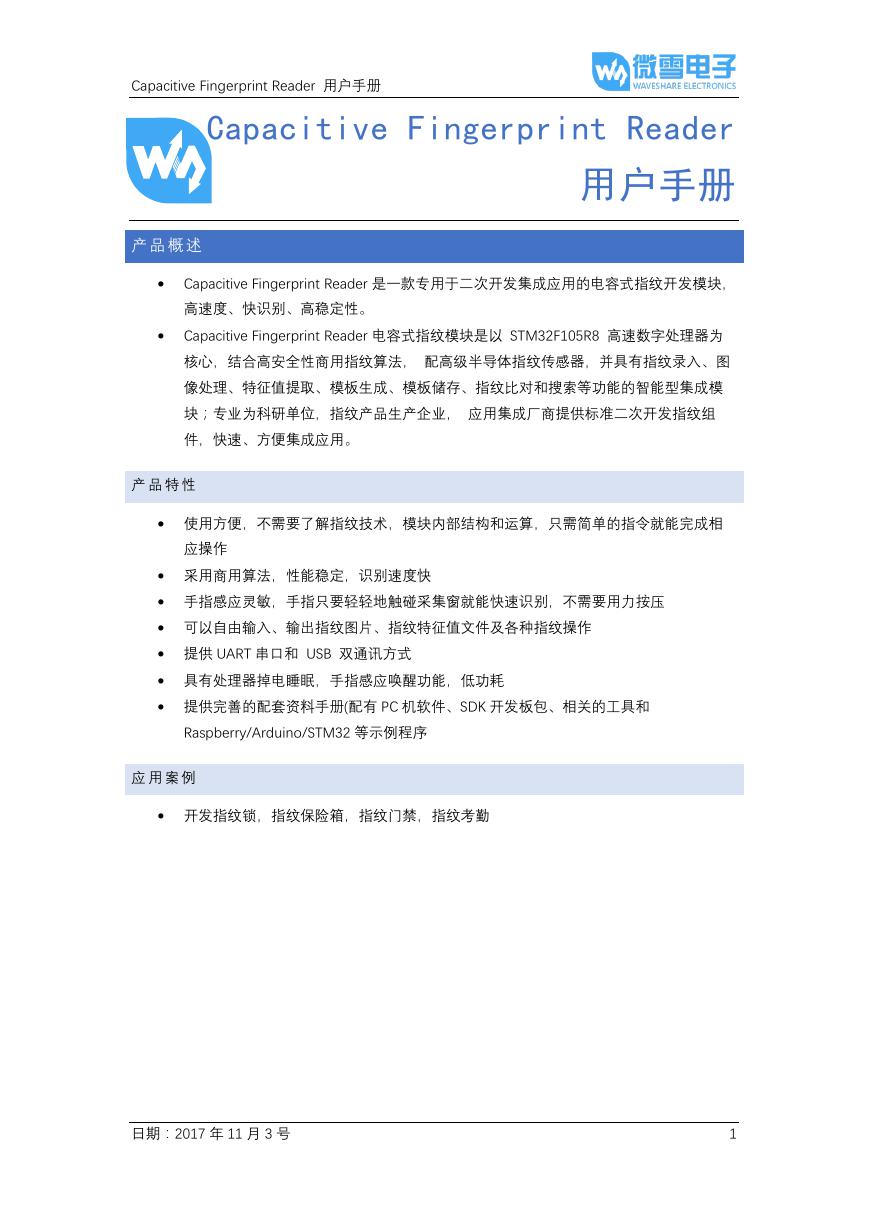 用户手册(Capacitive_Fingerprint_Reader_User_Manual_CN).pdf
用户手册(Capacitive_Fingerprint_Reader_User_Manual_CN).pdf CY7C68013A(英文版)(CY7C68013A).pdf
CY7C68013A(英文版)(CY7C68013A).pdf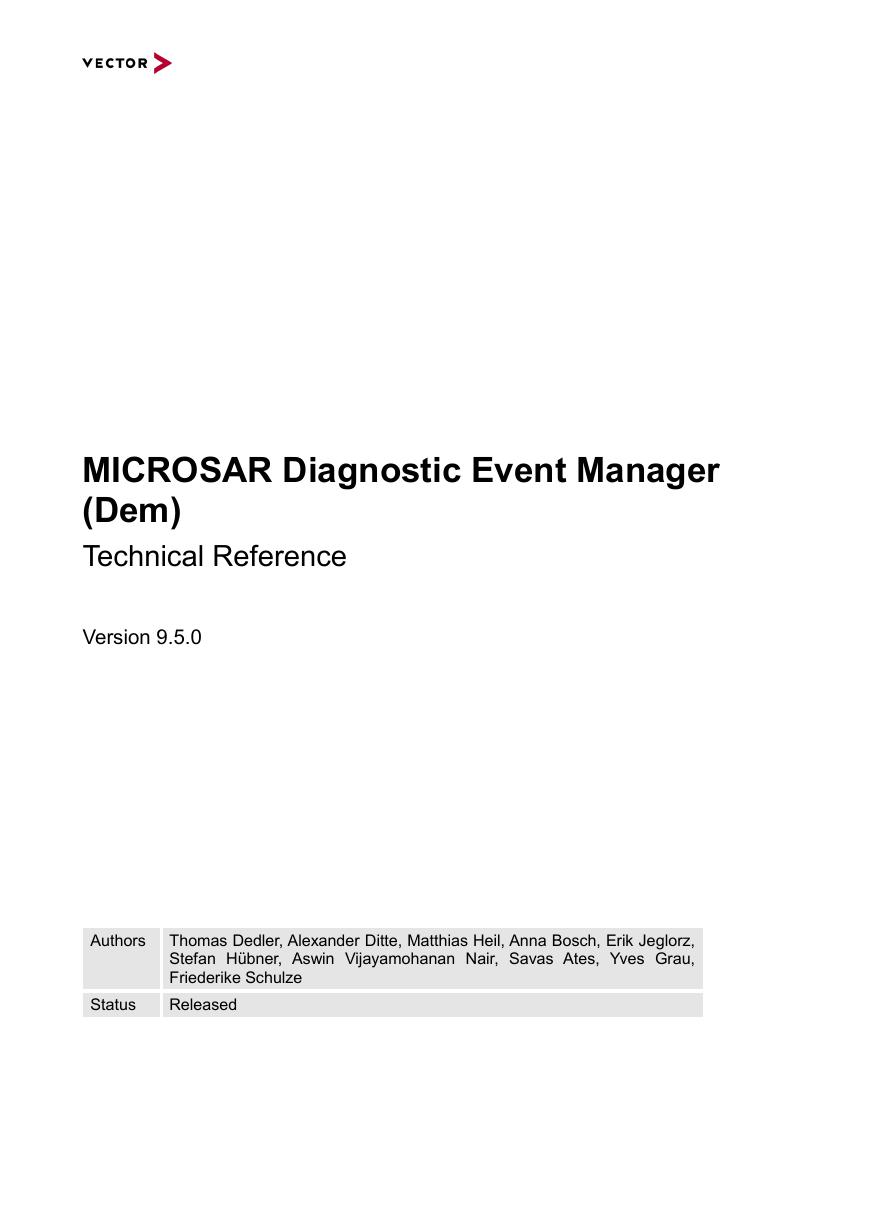 TechnicalReference_Dem.pdf
TechnicalReference_Dem.pdf